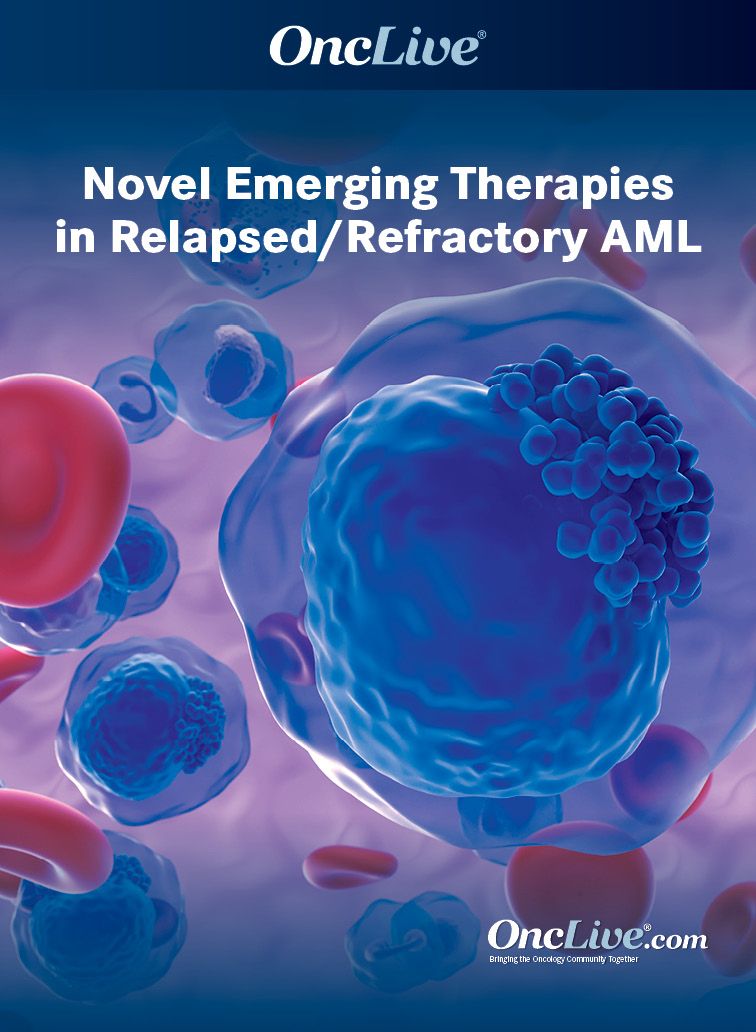Publication
Video
Dr Andreeff on the Rationale for Investigating Uproleselan Plus Venetoclax and Azacitidine in AML
Author(s):
Michael Andreeff, MD, PhD, discusses the rationale for investigating uproleselan plus venetoclax and azacitidine in patients with acute myeloid leukemia.
Michael Andreeff, MD, PhD, Paul and Mary Haas Chair of Genetics, professor of medicine, Department of Leukemia, director, Bone Marrow Aspiration Clinic, Department of Hematology, chief, Section of Molecular Hematology and Therapy, Division of Cancer Medicine, director, Flow Cytometry and Cellular Imaging Facility, The University of Texas MD Anderson Cancer Center, discusses the rationale for investigating uproleselan (GMI-1271) plus venetoclax (Venclexta) and azacitidine in patients with acute myeloid leukemia (AML).
Analysis of the tumor microenvironment for AML has shown overactivation of the CXCR4 G-protein–mediated signaling pathway, Andreeff begins. The signal is transmitted to leukemic cells through expression of the transcription factor Yin Yang 1 (YY1), which is located downstream from the CXCR4 binding site and is thought to regulate several cancer-related genes, Andreeff says.
Although E-selectin has a separate downstream activation site from YY1, dysregulation of the signal transduction pathway occurs through a similar process. This pathway is also known to trigger malignant cell growth and regeneration. Blocking E-selectin can detach the cell from the vascular niche and affect intercellular signaling, Andreeff states. Dual inhibition of CXCR4 and E-selectin could both cut off supply structures in the bone marrow and the vascular niche, he adds.
A single-center phase 1 trial (NCT04964505) is currently evaluating the addition of the E-selectin antagonist uproleselan to standard-of-care venetoclax and azacitidine in older or unfit patients with AML. Using uproleselan to target the tumor microenvironment could help patients overcome resistance to chemotherapy in AML. Inhibiting E-selectin and BCL2 expression with uproleselan and venetoclax, respectively, could help prevent the formation of cancerous growths.










